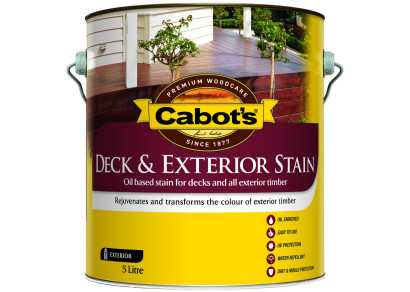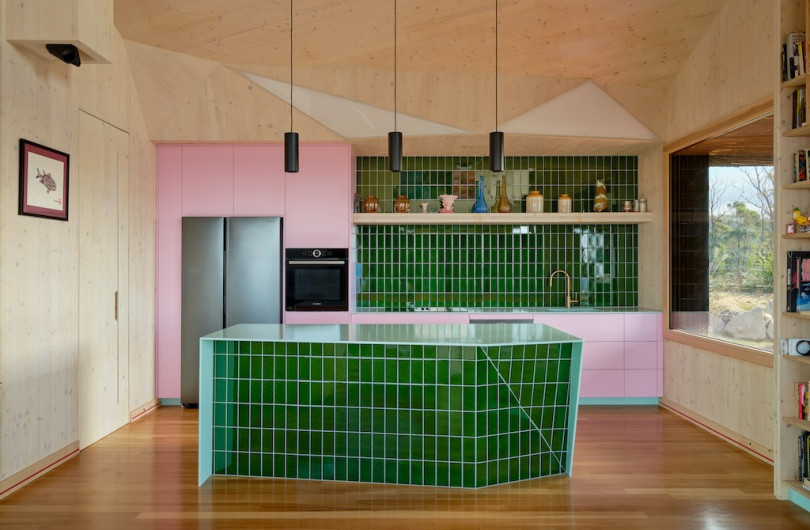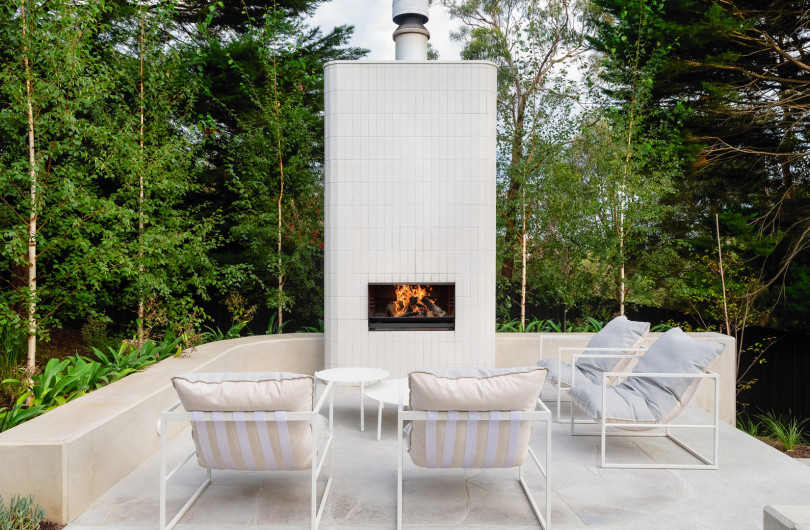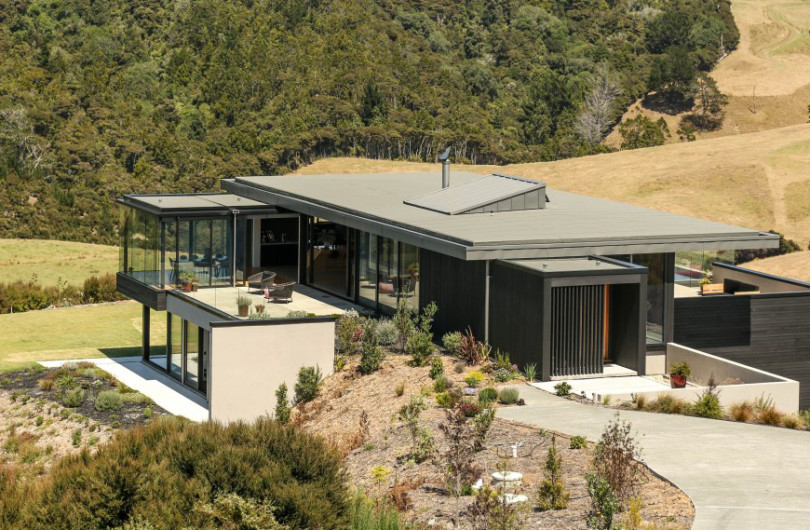My previous blogs highlight the challenges of our unsustainability in the design and construction sector and the huge potential for transformative change — if we choose to go there.
Our future on this planet depends on us reconnecting with our living, natural life support system rather than its destruction. A key challenge I identified is our heavy reliance on toxic and synthetic chemicals used in building materials.
We rely on literally thousands of chemicals and heavy metals to achieve the performance that we need, such as durability, fire retardation, setting agents, preservatives and much more.
To date we have been gung-ho with the use of these additives, hardly questioning their effect on the environment, or simplistically looking at only one part of the exposure chain, such as building occupancy, which Green Star addresses. But health impacts occur for people at every stage; extraction (crude oil processing), manufacturing, distribution, installation, in use, building refurbishment and end of life disposal. Because nature cannot process and break these chemicals down, they bio-accumulate and build up to dangerous concentrations in the food chain, air and water. In my presentations, I use a picture of a typical refurbishment scene where the fluorescent lighting tubes are commonly the last item thrown onto the skip, shattering and releasing their mercury vapour.
What we haven't done is employ the 'precautionary principle' — that if we are not sure about a chemical or product's toxicity or health impacts we shouldn't use it. So now we are in catch-up mode. Remember DDT? Remember lead in petrol? Remember asbestos? Even when we knew they were harmful it often took decades to ban them.
Transparency is a first step in awareness to eliminating unnecessary harmful ingredients, allowing us to take the precautionary principle — don’t use unless it is guaranteed to be safe.
The Red List, an imperative of the Living Building Challenge and a collaboration between Healthy Building News, the Pharos Project and International Living Future Institute, aims to identify and eliminate the 22 worst in class chemicals and heavy metals that are life threatening — chemicals that cause health impacts like cancer and interfere with biological hormone systems.
Eliminating these is a challenge, but there are many examples where products have been successfully reformulated or process changed to them. It’s fascinating to consider that all chemistry in nature (and life is pretty complex) is carried out in water, at room temperature and without toxic chemicals or heavy metals. It’s time to eliminate them and start creating a Living Future.
Like a good idea whose time has come, The Declare label is a simple and cost effective 'transparent' ingredients label for building products. Tuhoe Te Uru Taumatua, the first Living Building project in NZ is free of health impacts from toxic chemicals and shows what is possible with existing materials today. Since Tuhoe, when Michelle Johansson 'hand' vetted 450 materials for their ingredients and source, nearly twenty product manufacturers in NZ have 'Declared' their ingredients to be free of Red List chemicals.
Kiwis like to know what’s in our food, and likewise it’s great that there is a mechanism that allows us to see what’s in our building products and make wise choices that are healthy for us and the planet.
In my next blog I will talk about how simple the Declare process is and encourage specifiers to ask for Red List Free or Declare products.
Written by Jerome Partington, JASMAX.
For further information visit the Declare website.



























 Most Popular
Most Popular Popular Products
Popular Products



